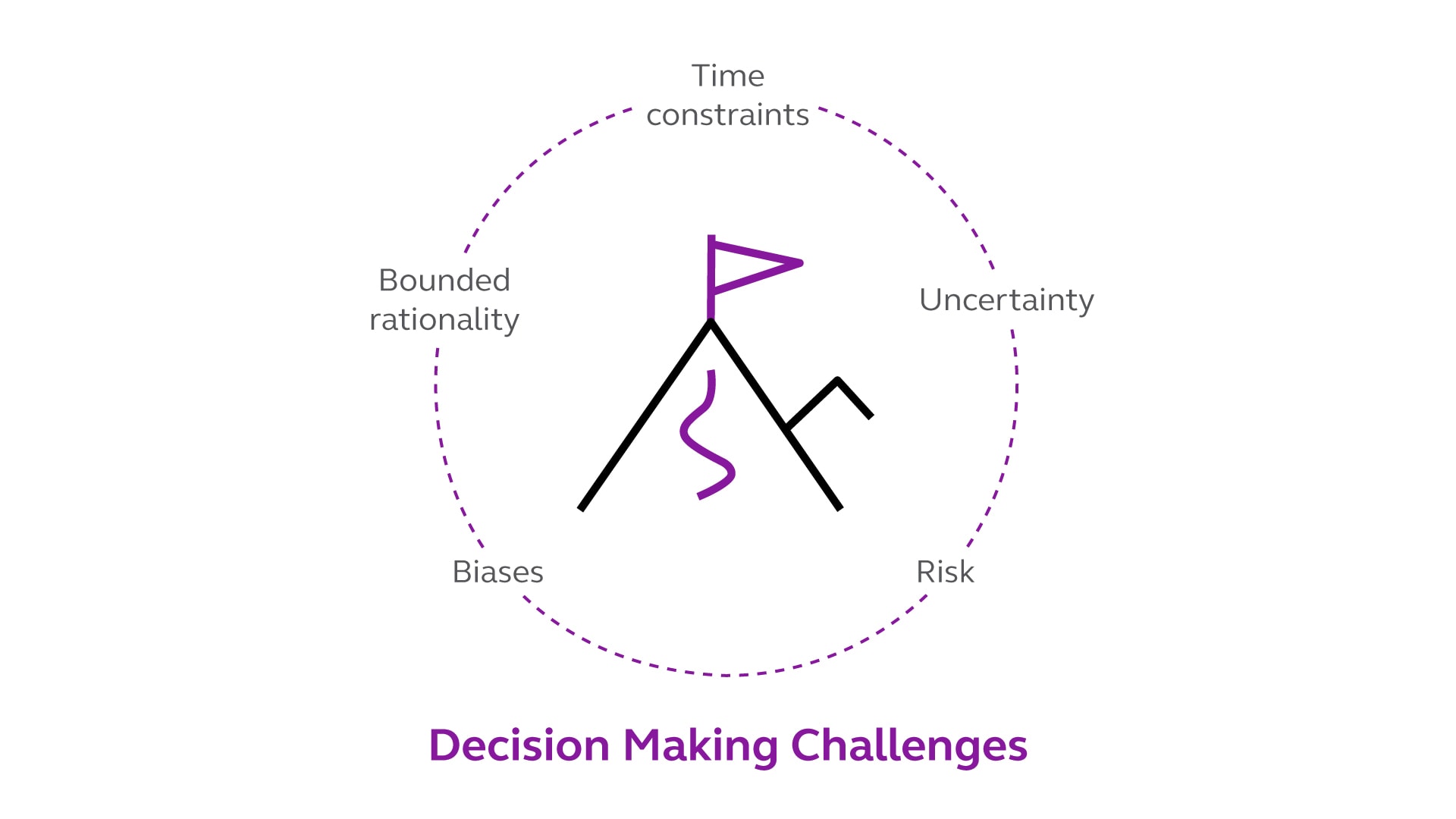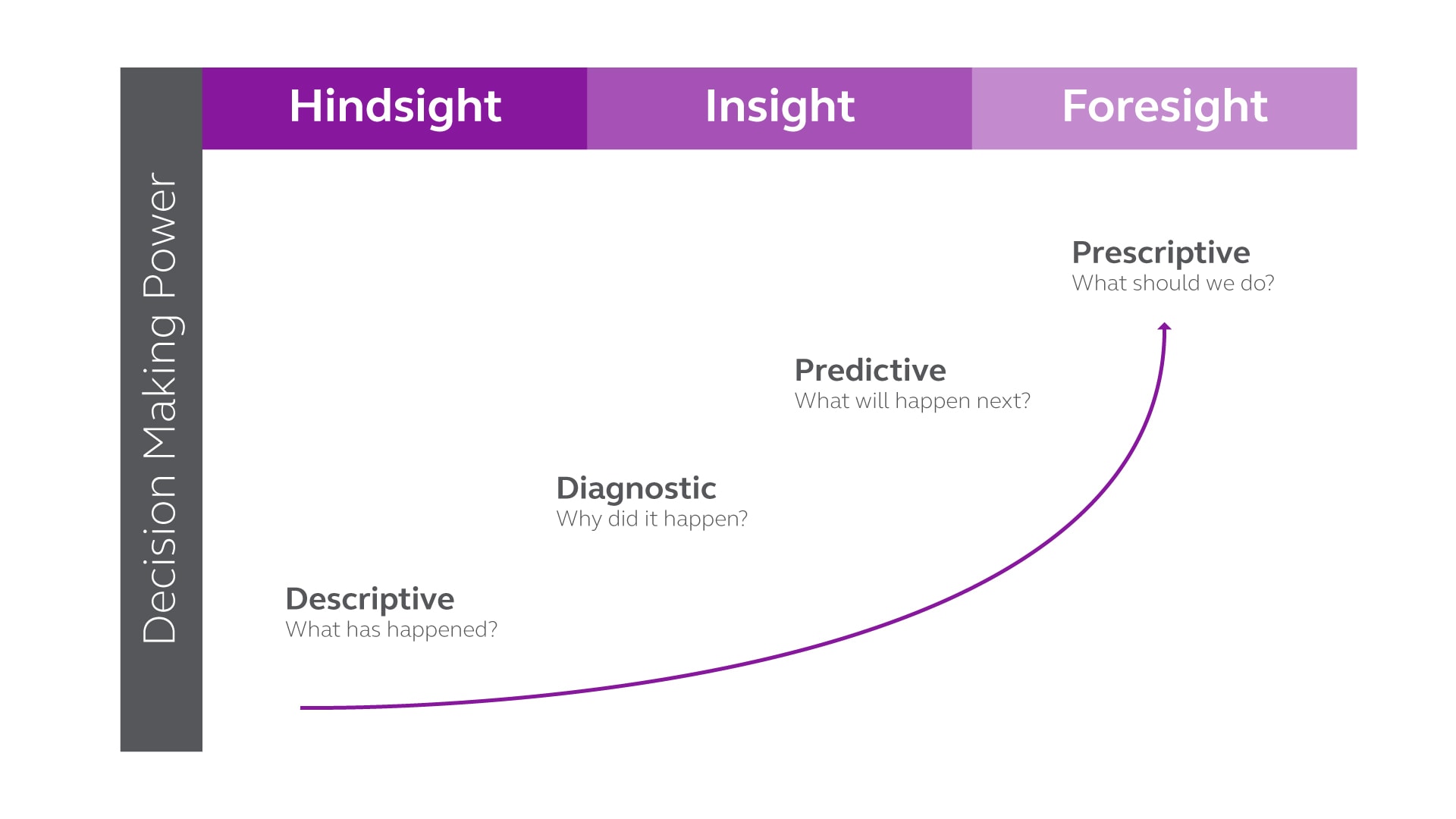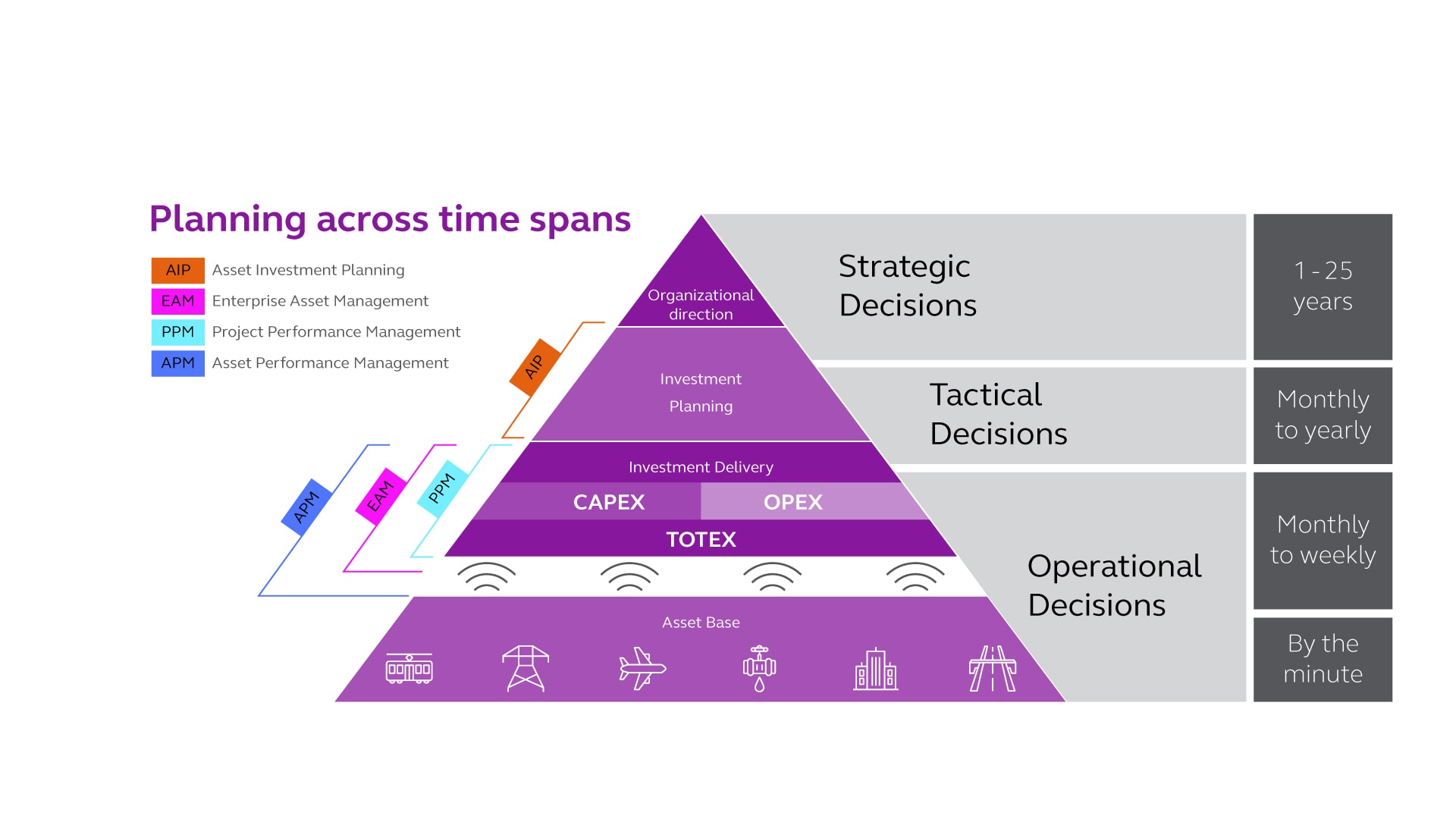Why is decision analytics important?
Decision analytics is a discipline which ensures that business decisions are made by considering all the relevant factors, information, and options available. Decision analysis plays a crucial role in business areas such as risk, capital investments, strategy, asset investment planning, and more.
Decisions based on intuition are often biased and subjective and can lead to negative outcomes.
A more rational and systematic approach is needed to make better decisions, which can be addressed with the help of decision analysis.
Benefits of decision analysis:
- Decision analysis helps businesses understand multiple aspects of problems, which results in well-informed decisions.
- It involves different procedures, tools, and methods for clearly representing the inputs and steps for decision making.
- It allows the corporations to evaluate potential outcomes of various decisions to make the most appropriate decision for their current needs
- It enables organizations to improve the quality, accountability, transparency, and speed of decisions.
What is Decision Analytics?
Decision analytics uses a combination of mathematics and statistics, data techniques and advanced algorithms to predict and quantify performance, risk, cost, and revenue with rich data visualization to communicate valuable insights to key stakeholders and decision makers.
Decision analytics tools and decision support systems provide users and organizations with intelligence (insight and foresight) about potential future outcomes and make the decision-making process more efficient, transparent, and easier.
More and more organizations, of all sizes, are using business intelligence platforms to leverage the power of decision analytics and achieve greater business outcomes.
By analyzing existing data and focusing on objectives, decision analytics can help companies in two key areas:
Asset Performance Management:
- Understand the current state of assets, predict the future state of assets, and prescribe the best course of action,
Asset Performance Management:
- Quantify and compare complex factors that may influence different business decision outcomes,
- Create an optimal investment plan based on defined goals, constraints, and requirements.
- Strategic decisions represent higher-level decisions over longer time frames. They often involve long-term trend identification, medium-long term outcomes, and 5-year business plan actions. These decisions are usually made at the executive level to plan future direction.
- Tactical decisions represent the near term to impact what’s happening this year and proactively prioritize next year's activities. These decisions are typically made in the middle layers of the organization to ensure things run efficiently and consider near term constraints.
- Operational decisions typically represent an immediate timeframe where decision makers are reacting to change or trying to mitigate or manage potential incidents or stoppages.
Who is Decision Analytics for?
Decision analytics is best suited for asset-intensive organizations across multiple sectors such as utility, transportation, infrastructure, education, etc., which use decision analytics to improve their business operations.
These organizations are looking to rapidly explore decisions with visual information, underpinned by data-driven models enabling smarter and more resilient business performance.
Since each organization will have its own unique set of goals, data, and characteristics; decision analytics will use their data and information to build the optimal plan for them based on whatever their objectives and constraints might be.
Decision analytics can be also applied within organizations and their departments in the following ways:
- Finance: Financial and scenario modelling, sensitivity analysis enabling profit optimization, financial options around cost of capital, cash flow management, optimization of financial performance and compliance, etc.
- Commercial: Revenue modelling, customer analytics and service optimization leading to revenue maximization
- Strategy & Operations: Strategic, tactical and operational planning providing improved capital and operational efficiencies, better cost management and service improvements.
- Regulation: Economic and incentive modelling empowering better regulatory compliance and improved regulatory outcomes.
- IT: Analytical system design and implementation delivering better control of costs and revenue and the exploration of different financial options.
Please keep in mind that very often the most complex decisions involve setting up the right amount of resources or budget that spans over a period of time. Because of the nature of these complex scenarios, robust evidence, and data to support decisions are usually required before a plan is approved by senior stakeholders.
What are the benefits of a decision analytics solution?
By combining the power of predictive and prescriptive analytics, modelling and optimization; decision analytics platforms can provide valuable insight and enable companies to streamline their planning processes, achieve better investment efficiencies, and quickly reach objective, data-driven operational, tactical, and strategic decisions.
This allows businesses to quickly explore different operational outcomes and make well-informed decisions that are most appropriate for their current needs.
Here are the benefits of implementing decision analytics:
- Better communication and organization: Having centralized asset data with a company-wide view in a single location, effortlessly understand asset condition, risk, and contingencies.
- Improved performance: Boosting customers service, reducing outages, and preventing asset failures.
- Increased agility and resilience: Quickly adapting to changing circumstances – reoptimizing plans and pivoting quickly if necessary.
- Higher returns on investments: Achieving up to 30% investment plan efficiencies and maximizing the value achieved for the company, stakeholders, and customers.
- More efficient time management: Significantly reducing time required for asset investment planning and regulatory reports – up to 80% reduction.
- Reliable, data-driven decisions: Using evidence-based reporting that demonstrates the highest-value plans to stakeholders and regulators with confidence.
- Greater value to society: Helping companies achieve their environmental, social, and corporate governance (ESG) commitments.
What are the benefits of a decision analytics solution?
As the demands on our aging infrastructure and assets increase with factors such as extreme weather, climate change and increased population demands, compounded by government and regulatory pressure, budgetary constraints, and enhanced customer service demands, and it becomes clear that new approaches are needed to make smarter and more agile decisions for both maintenance and capital investments.
By leveraging the power of decision analytics, you and your organization will see improvements to your operations and strategic planning, team and stakeholder collaboration, and most importantly, decision making.
If you’re ready to learn more, please contact one of our experts to discuss how decision analytics can help you and your organization today.
Did you find this information useful?
Did you find this information useful?
Thank you for your feedback!

 Back
Back






